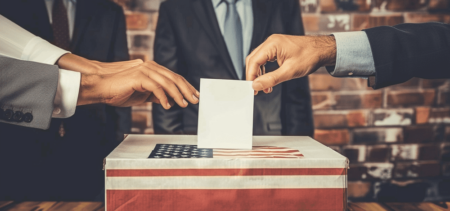Take out your smartphone and count the number of apps that you have. How many of these apps do you use daily? What about the apps you use weekly? Do you have any apps that you installed but used only once? Any apps that you have never used?
What kind of apps do you have? Are most of the apps used to communicate with friends and family? How many gaming apps do you have? Are the other apps used to help remind you of appointments, find your way around, or alert you about bad weather?
Finally, how much time do you spend using your apps?
According to a recent study by Google, the average number of installed smartphone apps is 36. with 26% of these apps being used on a daily basis. Twenty-five percent of installed apps are never used. Users spend 30 hours a month using apps. The top two types of apps are social networking and gaming. The number one reason people choose an app? It makes their lives easier.
It is that goal of making people’s lives easier that compels Microsoft, Apple, and Google to start building for a post-app world. The major problem with apps is that they are self-contained and do not easily communicate with each other. For example, if a user wants to visit a certain restaurant where he or she can enjoy patio dining and invite friends to meet there, it may take five separate apps to: locate a restaurant; make reservations; map directions to the restaurant; check the weather; and invite the friends. What each of the major technology companies (and many new technology companies) is building now are mobile personal assistants. So, instead of using several apps to plan your evening out, you just tell your personal assistant what you want and it works with the APIs and online services to fulfill your request.
In this post-app world, government APIs will still be vital. Whether it is apps or mobile personal assistants, data is still needed to provide the services. As detailed in earlier postings, many apps rely on government information, from weather data to geographic data to health data—so will the mobile personal assistants. To prepare for the transition to a post-app world, government API creators will need to make two significant changes.
First, government APIs must be able to communicate with the mobile personal assistant programs. I am not sure what the coding standards will be, but if the early browser platform wars were any indication, you can expect there will be a high-stakes fight for coding standards. Second, the government APIs must be able to better blend their information with other APIs. Again, there will be another intense coding standards discussion. Whatever is decided, government APIs will play a vital role in the post-app world.
On a personal note: this is my last posting for the API Briefing. I am taking a two-month sabbatical this summer to work on some personal projects. After my sabbatical, I may come back to work for the federal government or may go into the private sector. I have greatly enjoyed writing the column, and I hope you have enjoyed reading about the great work in federal government APIs. Thank you.
(Disclaimer: Any tech companies mentioned in this posting are for illustrative purposes only and does not imply an endorsement by the GSA, USDA, or the federal government.)
*API – Application Programming Interface; how software programs and databases share data and functions with each other. Check out APIs in Government for more information.
Each week, “The API Briefing” will showcase government APIs and the latest API news and trends. Visit this column every week to learn how government APIs are transforming government and improving government services for the American people. If you have ideas for a topic or have questions about APIs, please contact me via email. All opinions are my own and do not reflect the opinions of the USDA and GSA.




















































